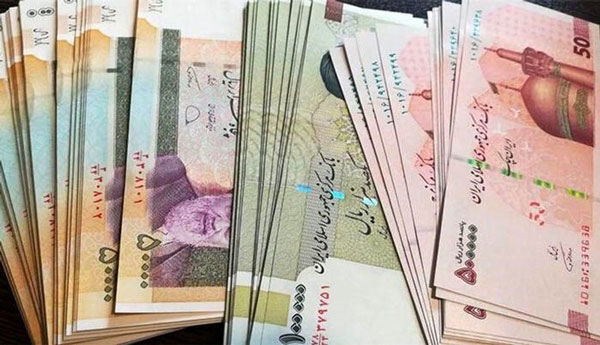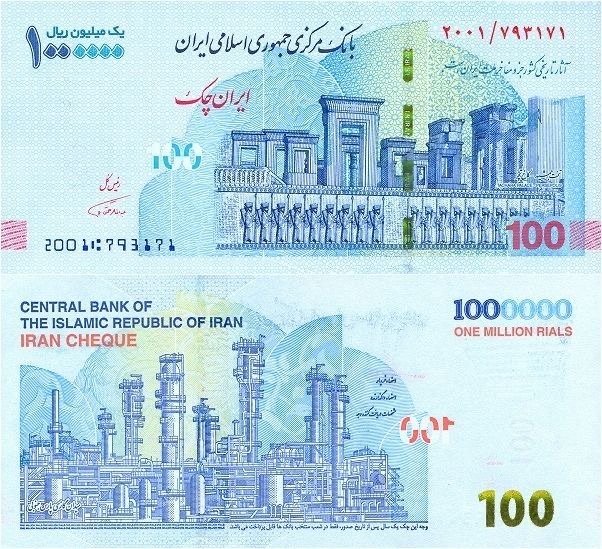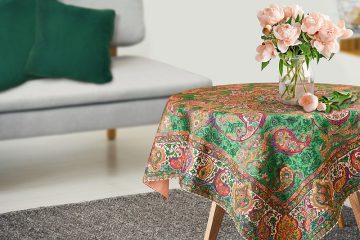
IRANIAN CURRENCY & EXCHANGING MONEY IN IRAN
Getting Ready for Iran: Let’s Talk Money Exchange!
Alright, so you’ve just wrapped up the exhilarating planning phase of your upcoming trip, imagining every day’s adventures and all the places you can’t wait to explore. But, oh no! Amid all that excitement, a little light bulb goes off: “Oops! Forgot about money exchange.” No worries, especially if Iran is on your itinerary – it’s a bit of a puzzle, but we’ve got your back! Let’s chat about how to ace the currency game for your Iranian adventure.
No More Currency Confusion: A Smarter Approach
Hey there! Let’s put an end to the Rial and Toman mix-up, shall we? Forget about repeating the classic line, “I always confuse Rial and Toman.” You’re way smarter than that!
Imagine this: You confidently open your wallet, make your purchase, and the seller collects the exact amount you need – no fuss, no confusion. You deserve a seamless shopping experience without the mental gymnastics of figuring out if you’ve been charged more than necessary.
And here’s the best part: no need to stress about converting your money to Rials or figuring out the safest spot for the exchange. We’ve got your back! Let’s make your currency game as smooth as your travel adventures.
Understanding Iranian Money: Rial or Toman?
Have you ever wondered about Iranian currency – is it Rial or Toman? Let’s make it crystal clear. The rial is the currency used in Iran, Saudi Arabia, Yemen, Qatar, and Oman. But here’s the catch: they might have a similar name, but when it comes to banknotes and everything else, they’re not identical. Let’s explore the differences.

In Iran, the official currency is called the Rial. Whether you see it written, visit an exchange office or head to the bank, it’s all about the Rial. In Persian, we write it as ریال, and its currency code is IRR (Iranian Rial). Let’s keep it simple and get to know the basics!
You might be wondering about Toman and its role in Iran. Even though the Rial is the official currency, people often use Toman in everyday talk and transactions. Let’s explore this simple twist in Iranian currency!
When it comes to everyday use, they prefer Toman. Now, here’s a nifty trick to differentiate: Toman has one less zero than Rial. So, a quick move – remove that last zero from Rial, and voila, you’ve got Toman! 😄 Simply place your finger on the last zero, and you’re all set! Easy, right?
A Little Iranian Secret!
Guess what? We Iranians even use this clever trick in official situations. Picture this: You’re at Naqsh-e Jahan Square in Isfahan, treating yourself to some saffron ice cream. The shopkeeper tells you it costs Ten Thousand Tomans. Now, you peek into your wallet, spot two banknotes (check the picture), and think, “Oh my God! Which one is that?” Here’s where the trick I just shared comes in handy. Give it a go! 🤔✨

Iran’s Everyday Banknotes!
Curious about the common banknotes circulating in Iran? Well, these days, you’ll often spot 10,000, 20,000, 50,000, 100,000, 500,000, and 1,000,000 Rials in people’s hands. While there was a time when coins were part of the mix, they’ve taken a back seat today. Encountering a coin is a rare sight. Let’s explore the currency notes that rule the day! 🌟💸
Introducing Chek-pul: A Clever Solution!
Ever heard of Chek-pul? It’s not your typical check – it’s a unique concept. The idea behind Chek-pul is pretty cool; it aimed to solve the issue of lugging around a hefty sum whenever you needed a considerable amount of money. Let’s delve into this smart solution! 💸🔄

Unfortunately, because of rising prices, those special Chek-puls are now just like regular banknotes. The 500,000 and 1,000,000 Rials Chek-puls are seen a lot, and there are even bigger ones for really big transactions. 💸🔄
Understanding Money Exchange in Iran
When dealing with money exchange in Iran, it’s essential to keep a few things in mind due to the sometimes unpredictable exchange rates. Iran has two rates: the Government Official Rate and the Market Rate. For better value, it’s recommended to go with the Market Rate, as it tends to be higher than the government rate. Make sure to check reliable sources, as rates can change significantly in a single day.
Where to Exchange Money in Iran

When it comes to exchanging money in Iran, you have a few options: airports, bank-related offices, or exchange offices known as “Sarrafi” in Persian. For a better deal, we suggest opting for exchange offices. These places typically offer the market rate, and you can easily check the latest exchange rates on their electronic boards. It’s a convenient and reliable way to ensure you get the best value for your money.
Iranian Currency: Where to Check Exchange Rates and Tips for Arrival
To stay updated on the latest market exchange rates, websites like Bonbast or Mex.co are handy resources. While it’s not necessary, you can also find information about the government’s official rate on the Central Bank of Iran’s website.
If you need to exchange money upon arrival, airport exchange shops are convenient.
You can’t use MasterCard or Visa in Iran, so it’s best to have cash with you. Exchange a bit at the airport for things like taxi fare. Save the rest for later when you’re in the city.
Visit trustworthy exchange offices to convert your dollars, euros, or other currencies at the market rate. Check rates in advance on websites like Mix.co. Avoid exchanging money with individuals in exchange markets approaching you with dollars or euros. 😐
Mah Card
If you’re dreaming of an easier way to visit this wonderful country without all the hassle, your wish might just come true. Keep reading because we have a surprise for you.
Leave the hassle of exchanging money with us, and simply enjoy your trip. When I assure you that you’re in good hands with Tours of Iran, it’s not just boasting – our satisfied clients’ reviews speak for themselves. Allow me to introduce you to one of the excellent companies we collaborate with Mah Card, your solution for exchanging money in Iran with ease.
Mah Card offers a solution to the concerns and inconveniences associated with exchanging money and carrying cash all the time. It serves as a travel debit card specifically designed for foreign tourists, acting as a substitute for their international cards that may not be accepted in Iran.
Let’s explore how Mah Card works. Initially, you apply for a Mah Card. Suppose you intend to exchange 500 dollars. You transfer the 500 dollars from your international bank card to Mah Card Company’s account.
Next, they exchange the money using the market exchange rate applicable on the day of your payment. Subsequently, they transfer the equivalent Rials into YOUR Mah Card account. Finally, you receive your personalized Mah Card upon arrival or at your hotel, according to your preference.
Final Note about Iranian Currency
Thank you for staying with us until the end. Your thoughts are valuable to us, so please leave a comment to share your feedback.
Tribes and Clans of Iran!






